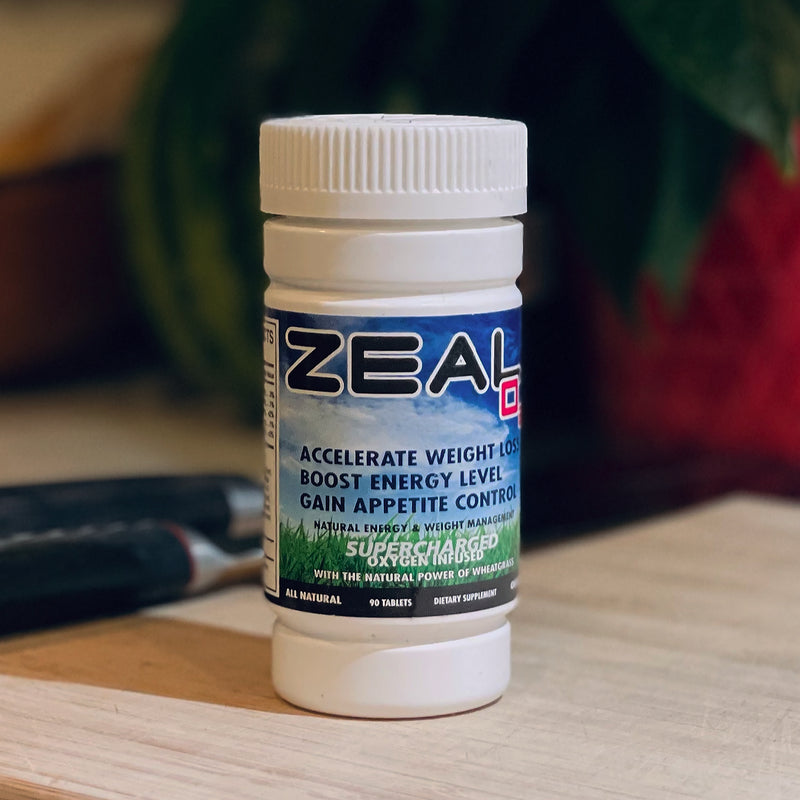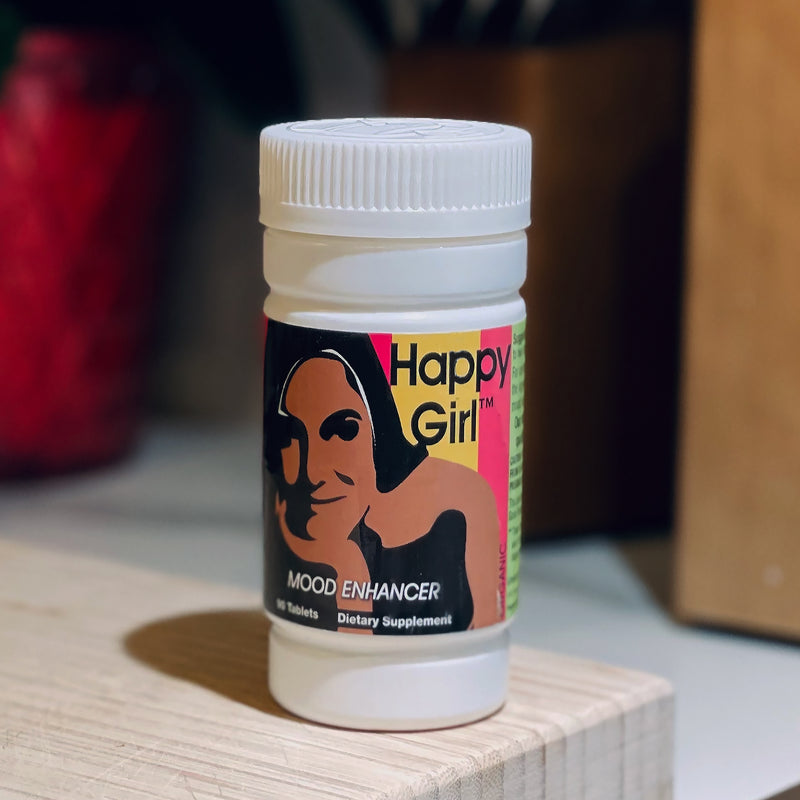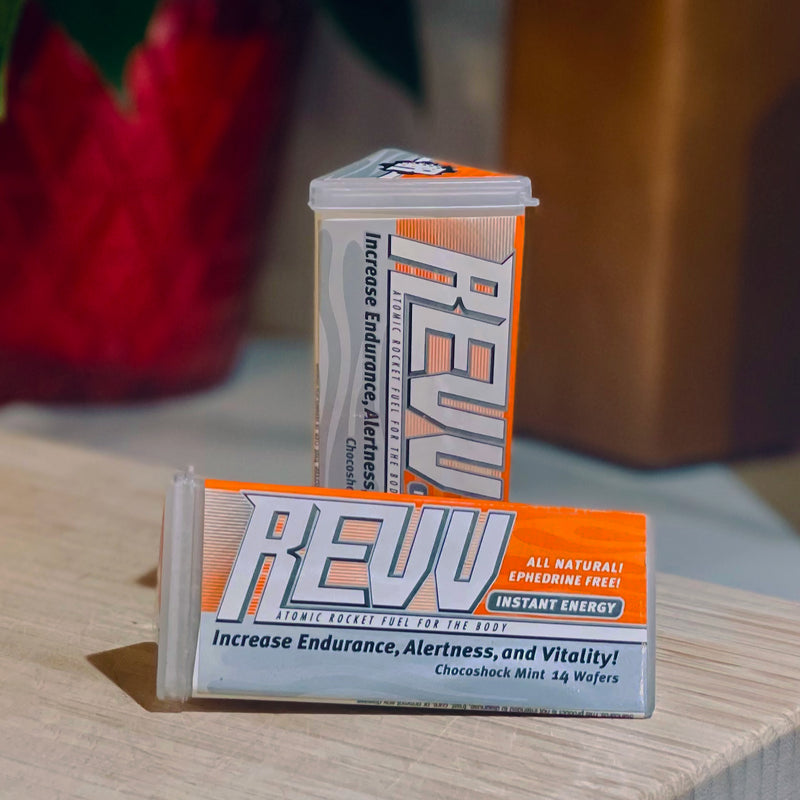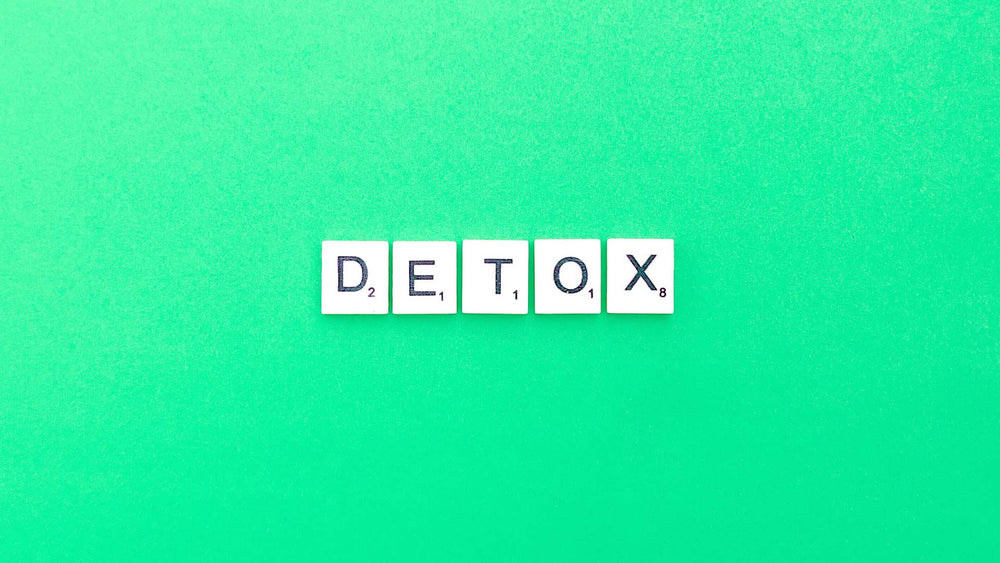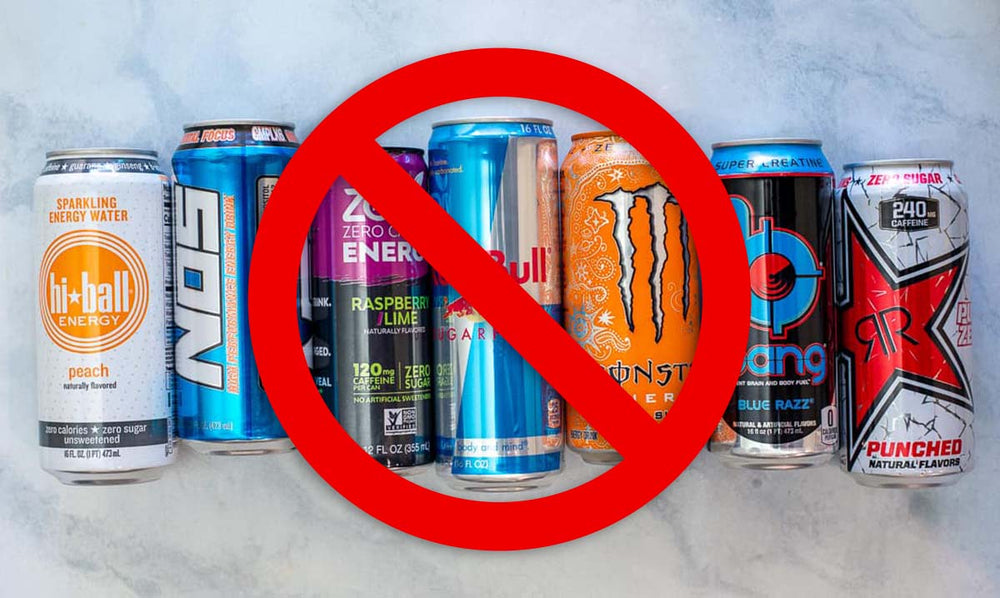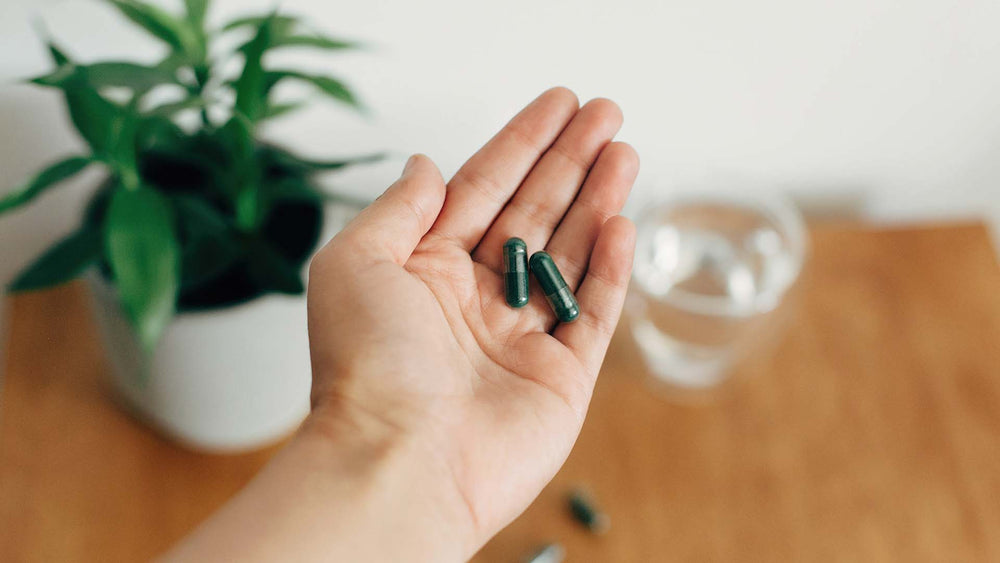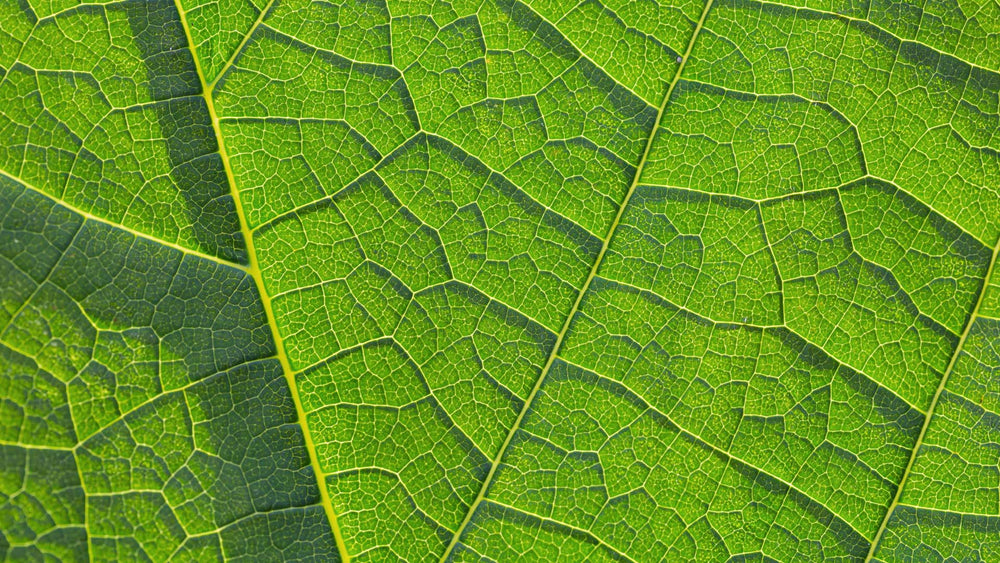A study commissioned by the National Eye Institute in 2001 found that a poor diet was the main cause of cataracts and macular degeneration in older adults. This is no surprise, considering bad food choices contribute to diabetes, cancer, heart disease and other conditions.
Half of adults are estimated to suffer from cataracts by their 75th birthday. Healthy, anti-inflammatory foods, like carrots, fish, leafy greens, eggs, peas and berries. Foods with plenty of antioxidants also guard against partial vision loss, glaucoma and diabetic retinopathy.
How to Safeguard Your Vision with a Healthy Diet
The vitamins and nutrients on this list control hormones and blood sugar. They may also absorb blue light from your cell phone or computer screen and ultra-violet light. Antioxidants in eye vitamins control the amount of UV rays and technology-driven blue light that enter your eyes. And, like all nutrients, they also have other benefits, such as protection against cancer, heart disease or Parkinson’s.
Eating well is only one part of maintaining good vision as you age. Wear sunglasses to protect your eyes from UV rays, exercise and get frequent checks for diabetes and high blood pressure. Visit your optometrist regularly and let him or her know about any changes in your vision, such as red eyes or persistent flashes of light.
1. Lutein
Commonly referred to as the “eye vitamin”, lutein is a carotenoid found naturally in spinach, kale, carrots, citrus fruits and egg yolks.
Studies have shown that lutein can lower your risk of macular degeneration and prevent cataracts. The lens in your eye naturally collects light and focuses it on the retina. Oxidation clouds this crystalline lens and causes cloudy vision. Lutein is an antioxidant that guards against formation of cataracts, along with Vitamin E and zeaxanthin.
Research also showed that study subjects who consumed the highest amount of Vitamin E and lutein slightly reduced their chance of developing cataracts when compared with people who consumed lower amounts
Lutein and zeaxanthin keep cells in your eyes healthy by filtering out blue light. These carotenoids are found naturally in your retinas. Doctors can measure how much zeaxanthin and lutein you have in the macular region of your eyes by using MPOD, or macular pigment optical density. MPOD is an excellent predictor of future eye disease and vision problems.
Your body can’t make the proper amount of these nutrients to preserve your eye health. Therefore, it’s important to eat leafy green veggies, carrots and other foods containing lutein and zeaxanthin. Although eye supplements are available, they aren’t a substitute for eating fresh vegetables and fruits.
{WGL_PRODUCTS title="Supplements that improve eye health."}
2. Zeaxanthin
Zeaxanthin is a carotenoid that’s found naturally in your eyes, along with lutein. People who ate lots of zeaxanthin-containing green veggies like kale and broccoli were found to be half as likely to develop cataracts, according to one study.
The Review of Optometry states that zeaxanthin is necessary to maintain clear vision for driving at night and reading.
Although zeaxanthin supplements are available over-the-counter, experts are divided as to their effectiveness and safety. Try eating cooked kale, cooked spinach or egg yolks to add more zeaxanthin to your diet. Swiss chard, collard greens, sweet corn, broccoli, green peas, and Brussels sprouts also contain both zeaxanthin and luetin.
There aren’t any official daily recommendations from the government for either zeaxanthin or lutein supplements, but experts suggest taking 10 mg per day for lutein and 2 mg per day for zeaxanthin. You can take up to 20 mg a day of lutein, but more than that may cause skin to turn slightly yellow.
3. Omega 3 Fatty Acids
Omega 3’s, which are found in salmon, walnuts, flaxseeds and leafy green vegetables, have been shown to protect eyes from becoming too dry and reduce the chance of age-related macular degeneration. They may also help drain intraocular fluid from your eyes to reduce the risk of glaucoma.
If you have diabetes, Omega 3 fatty acids will guard against eye damage that commonly occurs with this condition. It also increases circulation and stops inflammation that may lead to poor eyesight. Omega 3 fatty acids protect tissue, and they are well-regarded as a supplement for people with heart disease or arthritis. This nutrient has also been shown to have anti-aging benefits.
Contact Lens & Anterior Eye, a medical journal dedicated to eye health, reported that taking Omega 3 capsules (also referred to as fish oil capsules) daily may relieve dry eyes after excessive computer use. A group of 456 computer users in India were given two capsules of Omega 3 fatty acids or a placebo daily for three months. The participants who received the Omega 3 fatty acids experienced better eye lubrication and an increase in the density of conjunctival goblet cells on the eye surface.
Foods high in Omega 3 fatty acids include salmon, with 3.89 grams in a grilled half-fillet, sardines, with 0.90 grams in three ounces and canned white tuna, with 0.73 grams in three ounces.
You should also lower your intake of fried foods, red meat and hydrogenated oils to promote better eyesight and general health. (Hydrogenated oils are found in margarine and snack foods.) Use olive oil as a cooking oil instead of corn, canola, safflower or sunflower oil or margarine.
4. Vitamin C
Vitamin C fights colds and inflammation, but it also helps prevent cataracts. It fights free radicals and helps your body absorb more trace minerals for a better shield against all type of vision problems. A study showed that cataracts occurred less frequently in adults aged 43 to 86 who took multivitamins with Vitamin C or Vitamin E.
Diabetes and smoking remove Vitamin C from the lens of your eye. Eat oranges, spinach, tomatoes, bananas, peaches and other fruits and veggies to replenish the amount of Vitamin C in your body.
Research commissioned by the National Eye Institute indicated that taking 500 mg of Vitamin C, as well as zinc, Vitamin E and beta-carotene, will reduce advanced macular degeneration by 25 percent and loss of visual sharpness by 19 per cent. Worldwide cases of AMD will triple by 2025, according to medical experts. It is the main cause of blindness in older adults.
5. Vitamin E
Vitamin E may prevent eye cells from inflammation and prevent further damage in patients who already show signs of advanced macular degeneration.
The Recommended Daily Allowance for people over 14 is 19 mg per day, or 28.5 internal units. Nuts and seeds provide lots of Vitamin E, with sunflower seeds leading the pack with 12.5 IUs of d-alpha-tocopherol in a quarter cup. Snack on these seeds, or trail mix with almonds, hazelnuts and dry-roasted peanuts, which contain high amounts of Vitamin E.
A cup of frozen spinach has 10.1 IUs, so add Popeye’s favorite food as a side dish at meals or add some to your sandwiches or salads. Other fruits and veggies high in d-alpha-tocopherol include butternut squash, collard greens, beet roots, turnip greens, Swiss chard, broccoli, raspberries, blackberries, avocados and apricots.
If you like seafood, you’re in luck. Salmon, trout, snails, lobster, abalone and cod are high in Vitamin E. Unfortunately, poultry and meat aren’t very high in Vitamin E, with only hard to find goose meat making the list.
Avoid taking more than the recommended daily dosage of Vitamin E, as it is fat soluble and accumulates in the body. The highest amount you can take without harmful side effects is 1500 IUS a day, according to the U.S. National Academy of Sciences’ Institute of Medicine. However, adults over 50 may want to take no more than a few hundred IUs a day, as one study showed older men who took 400 IUs a day were more likely to develop prostate cancer.
You’ll fare best when you take Vitamin C, zinc, Vitamin A, Vitamin C and Vitamin E together, as the combination will help you avoid severe macular degeneration. You can accomplish this by eating a diet rich in the following foods:
6. Zinc
You can find zinc in plenty of foods. Seeds, nuts, fish, legumes, milk and whole grains are just a few of the healthy choices.
All types of red meat, including lean beef and pork, offer substantial amount of zinc. A 3.5 ounce serving of ground beef has 43 per cent (4.8 mg) of the recommended daily value of zinc for adult males. Red meat also contains other nutrients, such as iron and B-vitamins.
Garbanzo beans, or chickpeas, may not be the most popular legume on your grocery list, but one cup has 17 per cent, or 2.5 mgs of the DRV of zinc. Chickpeas digest slowly, so they also keep you full and promote weight loss.
A large egg contains four per cent of the daily value for zinc, and if you make an omelet using spinach, kale, broccoli or mushrooms, you can increase the amount of zinc by two per cent. Eggs are also a great source of selenium, protein, choline, and healthy fats.
7. Astaxanthin
Astaxanthin is found in Phaffia rhodozyma, a red yeast used in Asian cuisine. It is fat-soluble and much stronger than beta-carotene or Vitamin E. This antioxidant is able to deliver benefits to the eyes, nerves and brain by crossing the blood-brain barrier. Astaxanthin is found in the muscles of salmon, shrimp and other pink seafood after the fish eat the algae Haematococcus.
This antioxidant prevents free radicals from damaging cells and reduces the chances of age-related macular degeneration and similar conditions. Astaxanthin improves immune system function by boosting protective cells called macrophages and T-cells. These cells are known for fighting cancer and infections.
Astaxanthin is different than other antioxidants, in a good way, because it reduces free radicals outside the cell wall as well as inside. Studies also showed that the antioxidant may be helpful in treatment of Parkinson’s disease, Alzheimer’s, and spinal cord injuries.
Research on rats also showed astaxanthin may reduce the effects of retinal injury, and stop photoreceptors from degenerating.
Eat salmon, shrimp or other pink fish, or consume Asian food containing Phaffia rhodozyma to add astaxanthin to your diet. You can also take a 10-12 mg supplement daily.
8. Vitamin A and Beta-Carotene
Vitamin A keeps your retina lubricated and helps you maintain excellent night vision. You can get Vitamin A from beef liver, salmon, tuna, butter and cheese. Eating lots of fruits and vegetables provides you with beta-carotene and other carotenoids, which are converted to Vitamin A. (Lutein and zeaxanthin are two of these carotenoids.)
Carotenoids shield your eyes against eye strain from using computers and Smartphones. These nutrients collect in your eyes and brain, and protect you from oxidative stress. Get beta-carotene and other carotenoids from dozens of veggies, including Romaine lettuce, kale, carrots, cantaloupe, tangerines, watermelon, spinach and Swiss chard.
Sweet potatoes give you the most bang for your buck at 1836 mcgs per cup, or 204 percent of the recommended daily value of Provitamin A. Mangoes offer more carotenoids than other fruits, with 181 mcg, or 20 percent of the daily value.
Wheatgrass Has Nutrients to Aid Your Eyes and Overall Well-Being
Wheatgrass is nature’s superfood. It contains vitamins, minerals, amino acids and over a hundred enzymes to improve your overall health, including your eyesight. Although you can’t eat it like veggies or fruits, you can take a supplement daily to get all its nutritional benefits. Wheatgrass has zinc, Vitamins A,C and E and other antioxidants to fight free radicals and strengthen your vision.
Wheatgrass Love offers three products that give you the power of wheatgrass to preserve eyesight as you age and keep you healthy. Happy Girl Natural Mood Enhancr, REVV Energy Wafers and Zeal O2Natural Weight Loss Supplement contain wheatgrass. Zeal and Happy Girl also have their own balanced proprietary blend. Happy Girl features a formula that includes
Zeal O2 has a blend that includes Citrus aurantium and green tea extract to burn fat and boost metabolism, Uva Ursi and White Willow as diuretics, Cayenne Pepper and Hawthorne Berry to regulate blood pressure. REVV Energy Wafers have a great chocolate mint flavor and contain wheatgrass, antioxidant-rich cocoa, choline, L-taurine, B-complex vitamins and brain-boosting periwinkle herb. Read more about Wheatgrass Love products here.


